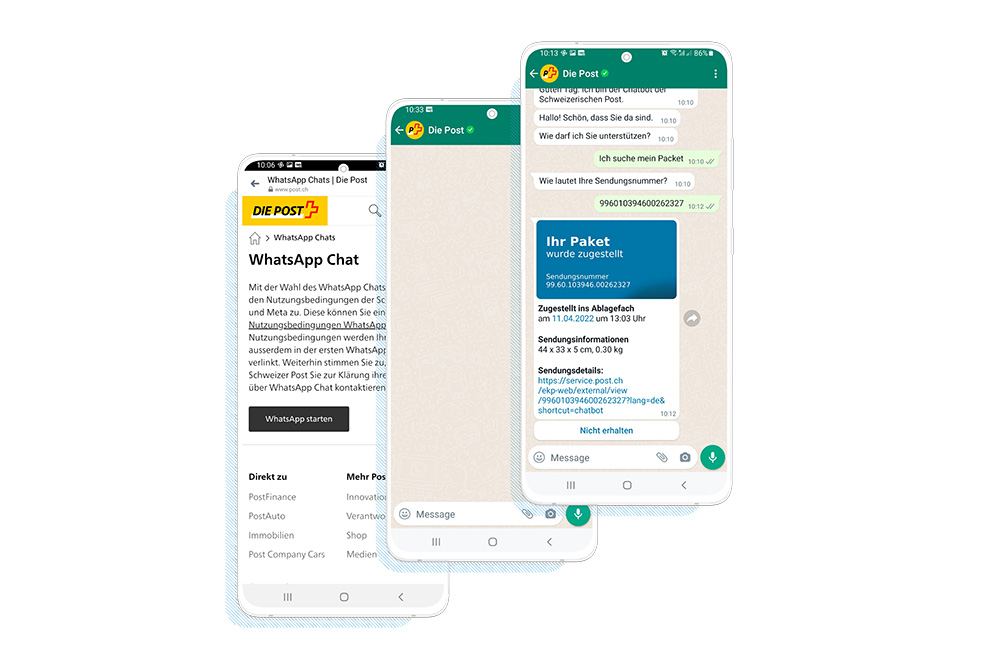Note: This post is based on the Forrester report “Money On The Table: Proof That Customer Service Drives Revenue,” prepared by an experienced analyst. Download the full report here.
Common wisdom says that customer service is a drain on resources, necessary to maintain satisfaction but a cost overall. However, there’s no reason that it should be this way. Any interaction a customer has with your organization is an opportunity to improve their perception of you – and drive profitability as a result.
That’s not to say that making customer service, especially in a contact center situation, into a source of revenue is simple. It takes a concerted strategic effort to streamline processes and ensure the experience that drives loyalty. In fact, it involves improving a number of set customer experience index scores in satisfaction, advocacy, trust, enrichment, and, finally revenue growth.
How do you achieve this? Well, there are three vital areas that finance organizations must focus on to increase your results across all these areas.
1. A mix between technology and human ingenuity
Having answers to questions is the primary objective of a call center or customer service resource. However, it’s not enough for the answer to exist somewhere in the system, it’s also about agents’ ability to produce one quickly, accurately, and professionally.
According to the Forrester report, “Airlines with agents who can answer all customer questions could see an additional 16.8 CX Index points per customer, resulting in $667 million in incremental revenue.”
To unlock this hidden value, organizations must take a number of steps.
The right tools for the job
The fact is, agents can’t know everything and if the answer isn’t easily within their reach, it will lead to frustration for the customer. This means the priority for any customer service center is to invest in and properly maintain a knowledge solution that provides easy access to information.
Ideally, the agents should be able to get their hands on any information after just a few clicks, and the quality of the system plays a large role in this.
Be efficient – but don’t rush
Contact centers that only focus on agent efficiency can unwittingly be shooting themselves in the foot. According to the Forrester report, a credit card issuer put less emphasis on average handle time (AHT) and the quality of the interactions improved almost instantly.
With less emphasis on time, agents had more time to fully understand the problem and provide a more robust solution. This isn’t to say that AHT isn’t an important metric to track, just that it shouldn’t be followed blindly.
Take time to invest in agents
Technology alone isn’t enough. As with anything in customer service, the true magic happens when technology and human ingenuity come together – which means training your staff properly. Not only should agents be able to find the answers quickly, but they also need to be able to have meaningful conversations on the subject.
The temptation with customer service agents is to have them on the phones all day, especially when there always seems to be a backlog of customers waiting. However, setting time aside to train agents properly can go a long way. By doing this, agents feel more knowledgeable and confident in their conversations with customers and are more likely to deliver a positive experience.
2. Focus primarily on resolution
Forrester claims that solving customer issues the first time can lead to hundreds of millions in revenue. According to their research, hotels that improve FCR can gain an extra $716 million and credit card issuers $165 million. While having the answers close at hand is a large factor in this, it’s not the only thing at play when it comes to finding satisfactory resolution.
Anticipate the next problem
When customers call with an issue, it’s not always a one-and-done scenario. As many call center workers will be able to tell you, trends appear over time where specific issues lead to newer ones down the line. To a certain extent, the agents will be able to identify these but leveraging data about your customers is a more foolproof way to gain insights and build better service connections.
As for the agents, it’s recommended to choose an insight that’s related to something they’re already talking about. For example, if a member calls about their checking account that consistently incurs ATM fees, the agent could recommend an account that’s more suitable to their lifestyle.
Address common issues at the source
The same issues will inevitably arise in a service environment. Much of this is avoidable as certain products will always require extra explanation or similar support. However, there will also be problems that can be dealt with at the source – meaning that the product itself needs to be better explained. Instead of only seeing your customer service support as a short-term fix, try improving product descriptions, sizing charts, or imaging to help the customer choose the right product the first time.
Match issue with expertise
Ensuring customers are matched with the right person first time goes a long way in improving metrics across the board, particularly customer satisfaction. If calls aren’t routed to the right person the first time, it increases the likelihood of drop off or impatience. Even if the right agent is then sourced, the customer may have lost the feeling of goodwill and will still count it as a negative experience. There are benefits for the agents too. As Forrester reports, correct routing helped one Travelers Insurance company to reduce the number of calls by 10% despite the overall volumes increasing by 30%.
Use the right channel
Customer service isn’t just about call centers. The nature of certain queries means that research needs to be carried out – and customers are aware of this. In certain cases, asynchronous messaging that mirrors popular messaging apps is a more comfortable mode of communication for all involved. Unblu’s Secure Messenger, for example, allows customers to communicate in a way they’re familiar with, without expecting instant results.
Train for resolution-centric coaching
Finding a resolution is extremely important, and yet how agents are trained to approach this end can make a huge difference in the quality of the experience. Resolution-centric coaching ensures that every call or interaction features making a personal connection, active listening and responding, taking ownership, and making it effortless. By training agents to carry out these behaviors, the calls will be more positive, consistent, and productive.
3. Give your agents authority
If service leaders don’t trust their agents, it shows in the interactions with customers. To provide a strong service experience, agents need to have the authority to answer questions or there will be an inordinate number of escalations. Too many escalations reflect badly on the service as a whole, since it communicates to the customer that the person they’re talking to is unable to solve their issue. Here’s how you change the culture so that the agents truly have agency.
Develop a culture of ownership
Preventing your agents from making decisions can severely affect the experience the customer receives. For leaders, the first step is to let go and trust your agents. True customer service is rarely a black-or-white scenario. It requires digging deep to understand the root cause of the customer’s issue and devising a solution that is appropriate for that situation. If agents don’t have the authority to use their better judgment, it makes it difficult to achieve service excellence.
Trust – but verify
Developing a culture of ownership doesn’t mean giving the agent a carte blanche to do whatever they want. There should still be a number of mechanisms in place to ensure that the advice agents give is relevant, professional, and in line with company policies. Carry out regular reviews and treat any good-faith mistakes as a basis for training or feedback.
Make the script a guideline
Scripts are undoubtedly useful tools in a customer service context, but it’s also true that they can limit the agent’s ability to find resolutions in more demanding situations. The answer is to give agents the permission to go off script where necessary and address the issue authentically. In cases where no easy resolution is available, allowing the agent to communicate in their own voice can add a layer of humanity that can keep the conversation on a positive track.
Escalate when necessary
Escalations are unavoidable in certain scenarios and agents should always feel it is an option that’s open to them. As with anything, the key is balance. If too many agents escalate their conversations, it can lead to long escalation queues, which puts unnecessary stress on the specialized agents. To ensure agents aren’t abusing this option, track internal transfers as a metric and consider better training if you identify an issue.
Your service team is the front line in ongoing satisfaction and customer retention. While it undoubtedly requires extensive planning, tweaking, training, and a strong team of agents, the companies that are able to achieve service excellence will tap into a long-term revenue stream.
Want more in-depth insights into the issues discussed in this post? Download the Forrester report “Money On The Table: Proof That Customer Service Drives Revenue” here!
About Unblu
Unblu is a leading Conversational Engagement Platform that’s fine-tuned for the financial services industry. Centered around three pillars – texting, video & voice, and collaboration – we help retail banks, wealth management firms, and insurance companies to provide faster, more secure customer service experiences.




 Interaction Management Hub
Interaction Management Hub Secure Messenger
Secure Messenger Video & Voice
Video & Voice



